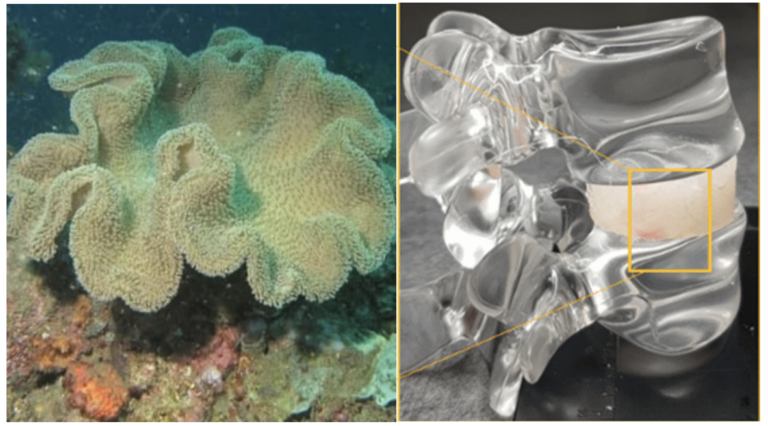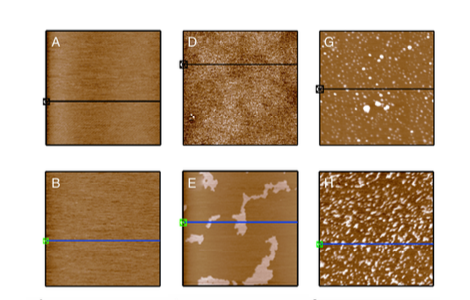Women and science: gender difference, better drugs for men and women at Weizmann (Israel)

Laboratory mice are one of the most common animal models used in biological and medical research. Thousands of laboratory mouse strains are produced by artificial selection – the process by which humans breed animals over dozens of generations for particular traits. This has led to the domestication of mice: strengthening specific qualities that make them well-adapted for research under laboratory conditions, such as rapid reproduction, while eliminating characteristics that are not conducive to research, for example, aggression, the desire and ability to escape from danger, and anxiety caused by environmental disturbances.
However, the artificial selection process also caused the mice to lose the very important trait of being able to survive in the wild. Besides these lost traits, the female lab mice developed the tendency to immediately mate with every male in their vicinity, including siblings and parents. That is, they lost the ability to selectivity choose a mate according to traits that “promise” the offspring better genes and a higher survival rate than those who share a common descent. At the same time, they evolved the willingness to take care of pups belonging to “strangers” (even if they are not themselves mothers). The strains of lab mice chosen to undergo further artificial selection are those who are not “fussy eaters,” grow faster and reach sexual maturity more quickly relative to wild mice. That is how we ended up with larger, less aggressive mice that reproduce at a younger age and are less particular when it comes to choosing a mate. In other words, these strains are quite different from wild mice with regard to structural, physiological and behavioral features.
Dr. Tali Kimchi of the Weizmann Institute’s Neurobiology Department understood that these laboratory mouse strains are not suitable for answering some types of questions posed by her research, which focuses on the neural and genetic roots of social behavior, including reproduction and maternal instinct (for example, a mother’s aggression toward another’s offspring, and the role of odors – pheromones – in mate selection and caring for offspring). Therefore, Kimchi had to develop a unique mouse strain, restoring those properties removed from the laboratory mouse strains, while retaining the ability to employ genetic engineering tools to create mutant strains (a genetic change that disables the function of a particular gene).
To do this, Kimchi and her research group backcrossed strains of laboratory mutant mice that had a specific mutation in the gene responsible for detecting pheromone signals, with wild-derived (undomesticated) mice for ten generations. As a result, in these new backcrossed strains of mice, the scientists managed to reinstate traits typical of wild mice, which were lost through the domestication process and are absent in laboratory strains, including those pertaining to behavior, body structure, hormones, various biological processes and genetic functions. More specifically, they restored, among other things, the ability to react to and escape from danger, spontaneous anxiety-related jumping and freezing behavior, and aggressive attacks toward other females. Another important feature that was restored in the new breed of mice was maternal instinct: Naïve (not yet mated and maternal) backcrossed wild-derived female mice were less likely to nurture another’s pup they encountered. They were also aggressive toward those pups, as well as among themselves – just like wild mice.
The new mouse model created by Kimchi and her team has allowed them to explore, for the first time, the biological roots of aggressive behavior in females, both toward each other, and especially toward the pups of others. It also enabled them to locate a particular gene, which is responsible for the perception of pheromone signals, and to determine this to be the main cause for rejecting a stranger’s pup, as well as the aggressive behavior displayed toward them. A pup’s mother, it turns out, is the one and only, and stepmothers, naturally, are more aggressive toward others’ offspring. Their findings, published in the journal Nature Communications, provide the basis for developing additional mouse strains that will enable a better understanding of the neural and genetic basis of behavior relating to reproduction in females, and the differences between males and females.
Kimchi hopes that further research will lead, in the future, to a renewed understanding of the biological mechanisms underlying social and reproductive processes that have not been possible to explore in standard models of lab mice until now. It may also lead to a better understanding of the social component of neuropsychiatric diseases, which is manifested in different ways in men and women. Such knowledge will contribute to improving the development of drugs targeted to the different sexes, and in particular, will enable an analysis of the effect of certain drugs on women.
Publication in nature communications, August 5 2014, « Mapping ecologically relevant social behaviours by gene knockout in wild mice »
Dr. Tali Kimchi’s research is supported by the Nella and Leon Benoziyo Center for Neurological Diseases; the Murray H. & Meyer Grodetsky Center for Research of Higher Brain Functions; the Joan and Jonathan Birnbach Family Laboratory Fund; the Abisch Frenkel Foundation for the Promotion of Life Sciences; the Peter and Patricia Gruber Awards; Mike and Valeria Rosenbloom through the Mike Rosenbloom Foundation; the estate of Fannie Sherr; and the Irving B. Harris Fund for New Directions in Brain Research. Dr. Kimchi is the incumbent of the Jenna and Julia Birnbach Family Career Development Chair.
The Weizmann Institute of Science in Rehovot, Israel, is one of the world’s top-ranking multidisciplinary research institutions. Noted for its wide-ranging exploration of the natural and exact sciences, the Institute is home to scientists, students, technicians and supporting staff. Institute research efforts include the search for new ways of fighting disease and hunger, examining leading questions in mathematics and computer science, probing the physics of matter and the universe, creating novel materials and developing new strategies for protecting the environment.







